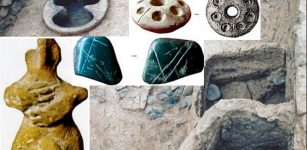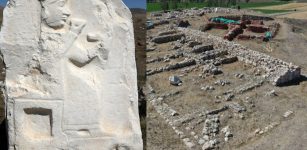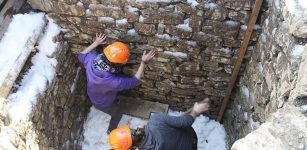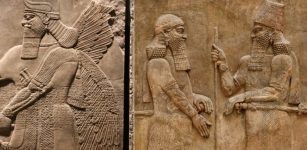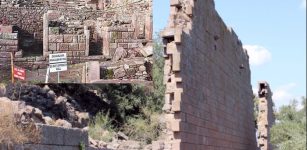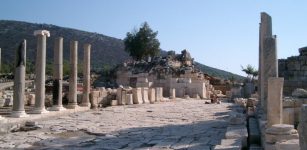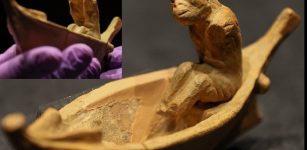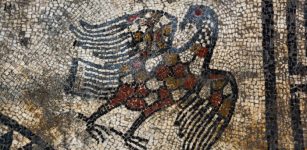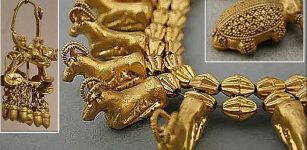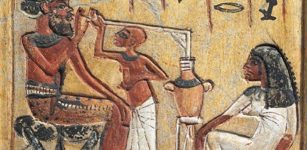Book Of Deer And The Lost Scottish Monastery – Archaeologists Report New Finds
AncientPages.com - Excavations near Old Deer have unearthed a hearth and a thick layer of charcoal, with carbon testing dating the objects to between 1147 and 1260, which chimes with the later monastic period.
The discovery of a layer of stone and post holes also indicate that remnants of a previously undiscovered building lie deep below the earth’s surface,” writes The Scotsman.

The notes in the tiny Book of Deer are the first written examples of Scottish Gaelic. PIC: The Book of Deer Project.
The finds were made during the tenth excavation carried out by the Book of Deer project led by Alison Cameron, of Cameron Archaeology.
The excavated site is located in the close vicinity of the ruins of Deer Abbey, which was established in A.D. 1219. The Book of Deer itself is a tiny but very important artifact, with notes written in Scottish Gaelic in the margins of the book.
It is believed to be the oldest surviving Scottish manuscript, and archaeologists and other experts are aware that it will take perhaps another 200-300 years when similar artifact once more confirm the evidence of written Scottish Gaelic.
The Book of Deer is now housed at the University of Cambridge.
Original story - here.
AncientPages.com


